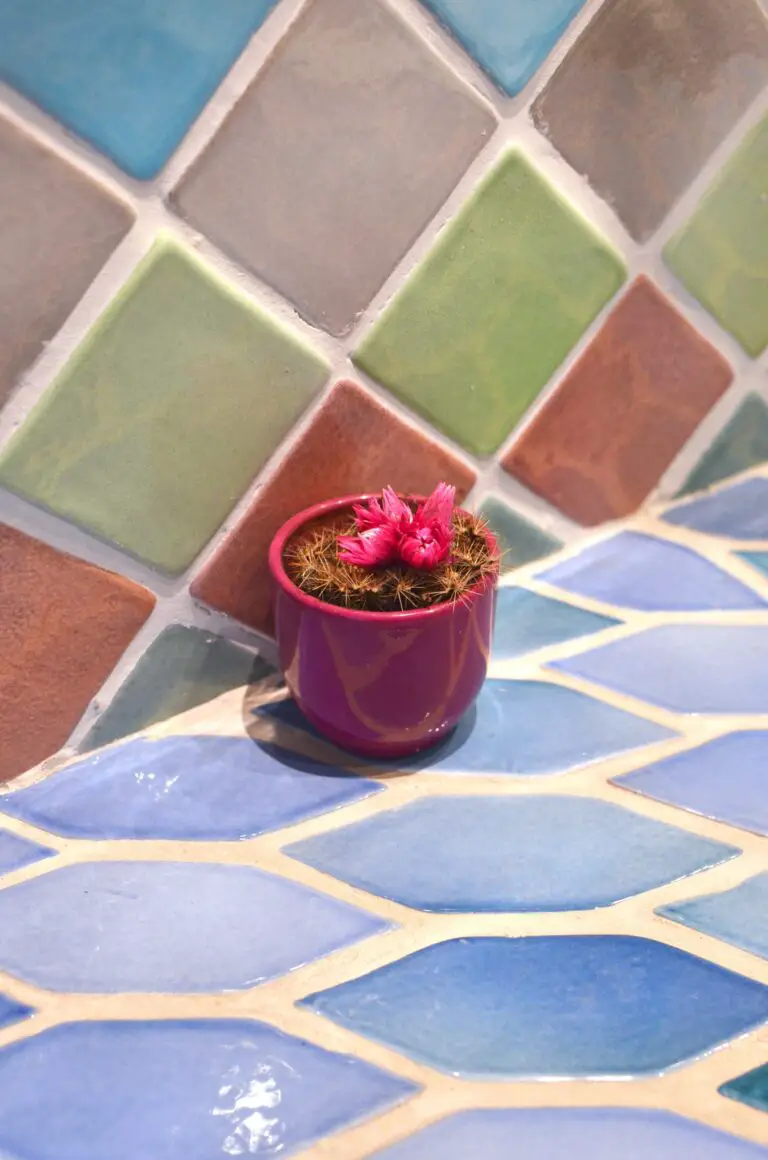Do Succulents Thrive in Acidic Soil? Unearthing the Truth
Welcome to the enigmatic world of succulents, where hardy meets dainty, and fortitude blends with finesse. Here’s where the usual rules of gardening often bend, or dare we say, take a complete U-turn. The general consensus suggests that most plants love a neutral to slightly acidic soil, but do succulents follow the same script? That’s the dirt we’re digging into today, as we unravel the relationship between succulent soil and pH levels.
This story isn’t just about soil chemistry, it’s about cultivating a thriving coterie of surreptitiously simple yet overwhelmingly fascinating plants. While your run-of-the-mill hydrangeas and rhododendrons would bask in the tang of acidic soil, succulents – the ever-adaptable living sculptures – often play by their own rules. It’s a common misconception that they yearn for the zest of acidity in their earthly beds.
But let’s take a step back and set the stage with a little plant science interlude. pH levels can make or break a plant’s health, much like a charged runway walk can clinch a model’s career. They influence nutrient uptake, microbial activity, and the overall soil environment. Now, whether our succulent friends are champions of the acidic walk or prefer a ‘pH neutral’ path is a tale worth telling.
Imagine a landscape where sun-baked rocks mingle with arid sands, where the only traces of moisture are the morning dewdrops clinging to the cacti’s spines. Succulents aren’t just surviving here; they are flourishing with an air of resilient sovereignty. If Mother Nature’s rugged classroom has taught them anything, it’s that flexibility and a no-fuss attitude are key to their survival playbook – a playbook that often includes a neutral to alkaline homestead for their roots.

One can’t help but marvel at how these plump-leafed phenoms manage to keep up their luscious looks while the rest of the plant kingdom scrambles for the greenest lawn on the block. They don’t sweat the small stuff, and pH is no exception. In fact, it’s less about the choice and more about the adaptation. Succulents bend the pH scale to their will, molding their roots to embrace the terrain offered to them, from the alkaline heights of rocky cliffs to the neutral lowlands of desert planes.
Walk into any gardener’s domain, and you’re likely to find a smorgasboard of succulents – each variety flaunting a unique survival script but sharing a common disregard for acidic drama. It’s akin to a group of culinary geniuses who can whip up a Michelin-starred meal with nothing but leftovers. That’s the kind of soil pH improvisation we’re talking about here.
Succulent Soil: A pHenomenal Story
So, let’s dissolve the acidic conjectures and precipitate the truth. Most succulents, with their sun-soaking, drought-dodging ways, rally for a soil pH that lies comfortably between neutral to slightly alkaline zones. That’s right, acidic soil lovers may need to step aside because when it comes to succulents, a mild pH is where the party’s at. This isn’t to say they can’t cope with a smidge of acidity; it’s just that their definition of ‘perfect soil’ is a touch less tangy than expected.
Hailed as low-maintenance icons in the plant realm, succulents are all about practicality, and their soil preference is a testament to that. They champion the kind of soil that lets them soak up the right nutrients, fend off pesky pathogens, and still never ask for more than what the rain gods sporadically offer. And that, dear plant enthusiasts, is the unadulterated chronicle of succulents and their pH partiality – an account of resilience, resourcefulness, and a remarkable indifference to acidity in their earthen cradles.
Understanding Soil pH
Let’s get down to the nitty-gritty of soil pH, where the chemistry of gardening meets the earthiness of your hands-on horticultural escapades. Soil pH isn’t just a number; it’s the very heartbeat of your garden, pulsating with every sprinkle of water and ray of sunshine. Think of it as a cryptic gauge that whispers to the roots of your plants, dictating who thrives and who merely survives.
Imagine soil pH as the social network of the ground beneath our feet, running a scale that’s as revealing as the high school popularity ladder. Zero in on the low end, and you hit the acidic clique, a moody lot that can throw a garden party like no other. In the middle lies neutral ground – the Switzerland of soil-nomics – where most plants mingle. Then you swing to the high end, and you’ve got the alkaline playground, oftentimes too cool and lofty for the common green.

Acidic soil, sitting snug below 7 on the pH scale, is where electrons run free, where hydrogen ions abound, and where certain plants find their zen. It’s a realm where an unassuming metal shovel can rust away, a silent testament to the uncharted acidity. Squeeze a lemon and you get a faceful of that acidic personality; it’s tart, it’s tangy, and in the plant world, it can be the secret to unlock nutrient treasures or, for the unprepared, a ticket to withering woes.
And thus, dear gardeners, you must ponder: do succulents like acidic soil? Can these fleshy, water-storing wonders cozy up to the acid? Plants often dance to the tune of pH, with nutrients more available in certain soil types. Iron and manganese jive in the acid, but cross the line too far, and your succulents might just balk at the boogie. It’s all about balance, about hitting the right notes for roots to revel and relish.
Assessing this invisible soil spectrum could be the key to throwing the ultimate garden fiesta where succulents don’t just survive, they thrive. So let’s buckle up and explore the wide world of soil pH, adding a dash of science to our green-thumb ambitions. Because in the end, it’s not just about what’s above ground that counts. It’s the secret soil soirée below that really sets the stage for your leafy legacies to shine.
Succulents 101: Habitat and Adaptation
Imagine a landscape where rainfall is a rare applause and the sun plays a daily symphony of relentless rays. This is the arena where succulents step into the spotlight, boasting their built-in drought armor. The soils here are not the fertile loams of lush valleys; rather, they cater to the survival of the fittest, with low organic content and often, a pH tipped away from acidity. It’s a setting that has fine-tuned the preferences of succulents, where only the robust or sneaky thrive.
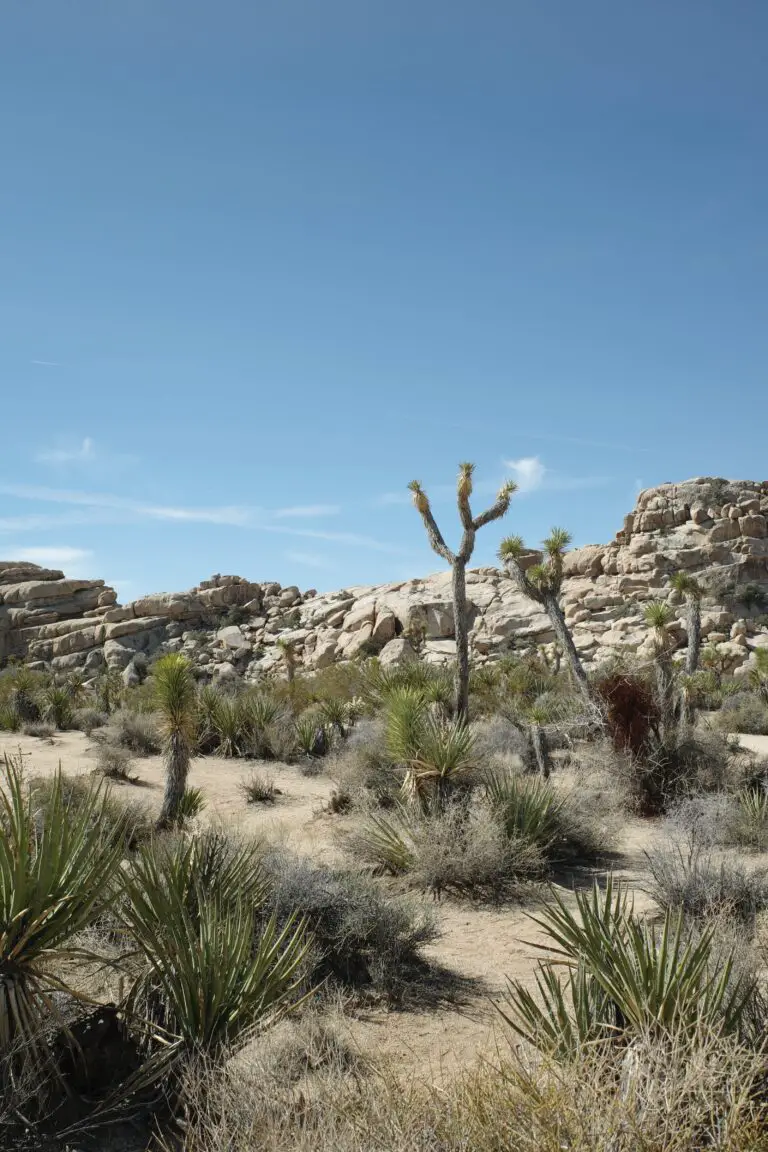
Arid and semi-arid climates offer a masterclass in minimalism. Imagine the gritty soils of these regions as Zen gardens, where succulents meditate, basking in full sun or speckled shade. It’s here they’ve learned to sip rather than gulp water, extracting it from their environs with the efficiency of a monk on a vow of silence. Their preference for soil – free-draining and more often neutral to alkaline – speaks of their evolution amidst rocky crevices and sandy plains.
Consider the saguaro cactus, a stalwart of the desert plain, towering like a verdant skyscraper. It’s rooted in soil that would seem hostile to other plants, thriving in a pH that doesn’t tip the acidic scale. Or the lithops, often dubbed ‘living stones’, that camouflage amongst quartzite shards, their subtle majesty a whisper in a wind-swept land. These real-life examples underscore that succulents, by nature, are not inclined to favor acidic soils.
Revelation Through Roots: The Soil Saga Continues
The roots of the matter trace back to survival tactics. In the wild, where rain is a rumor and the sun a constant truth, succulents have adapted to store moisture in their leaves, stems, or roots. This evolutionary uptick allows them to endure in soils that lack the regular moisture needed to break down organic matter, reducing the chance for acidification. It’s a delicate dance of give-and-take with the environment that has sculpted their soil preference over millennia.
So, when answering the burning question, “Do succulents like acidic soil?” one must consider the panoramic swath of their natural habitats – the whimsical deserts, the stoic steppes, and the rugged chaparral. Each tells a tale of adaptation that leans towards a soil pH more moderate than extreme, mirroring the succulent’s own narrative of resilience and ingenuity.
The Acidic Soil Myth
When it comes to gardening lore, there’s often a grain of truth buried under a mound of myth. Take succulents, for example: these hardy, drought-resistant plants have sparked a common belief that they yearn for highly acidic soil to prosper. But let’s dig a little deeper and unroot this misconception once and for all.
Not all succulents have the same menu when it comes to soil pH preferences. In reality, most succulents prefer neutral to slightly acidic soil, with a pH range of around 5.5 to 7. This is a far cry from the extreme acidity some gardening myths suggest. Contrast that with the Blueberry, a true acid-soil lover, which thrives at a pH level as low as 4.5. Imagine a succulent in such soil; it’s like a cactus at a water park—a fish out of water!
Let’s consider the Jade Plant, a common household succulent. Jades are pretty flexible about their soil conditions, as long as the soil drains well. They don’t need the same level of acidity as, let’s say, a Rose plant would relish. These adaptable plants have evolved to survive in less-than-ideal conditions; they aren’t scouring the Earth for that elusive perfect acidic spot. This adaptability explains why succulents can be found in diverse climates and geographic locations with varying soil types.
Of course, soil pH is just one part of a complex puzzle. Good soil for succulents should also have excellent drainage. Imagine pouring a glass of water into sandy soil versus clay-heavy soil—the former lets the water pass through quickly, much like a succulent’s natural arid habitat. Soil that holds too much water is like a crowded elevator for a plant’s roots; there’s little breathing room, and the roots can suffocate and rot.
So, before you go adjusting the pH of your soil and potentially leading your succulent down a prickly path, consider the natural environment these plants have mastered. When in doubt, replicate their natural habitat: mix up a concoction with a balance of soil, sand, and perlite or pumice for drainage, and watch your succulents thrive without the fuss over acidity.
What pH Do Succulents Prefer?
Picture this: you’ve just brought home a stunning variety of succulents, each one tucked neatly into their own colorful pots. You’re ready to play host to these desert jewels, ensuring they have everything they need to thrive. But, have you considered their soil pH preferences? Much like a gourmet chef selects the perfect wine to complement a dish, matching your succulent to its ideal soil pH can be the key to unlocking its health and vitality.
The optimal pH range for succulents is typically between 5.5 and 6.5, slightly on the acidic side. While these resilient plants can endure a bit outside this range, they truly flourish within it. Soil pH directly influences the availability of nutrients; if the balance is off, your succulents might suffer from nutritional deficiencies, stunted growth, or lackluster appearance.
Take an Echeveria elegans, for instance. Picture it like a ballet dancer, poised and elegant. To perform at its best, it needs the soil ‘stage’ to be just right. Too much acidity, and the nutrients it needs become as elusive as a perfect pirouette. Conversely, an environment that’s too alkaline can lead to a nutrient lockout, akin to a dancefloor that’s too slippery for any performance.
It’s important to note that a soil pH tester is a gardener’s best friend when it comes to tailoring the environment for your succulents. By regularly checking, you can proactively manage the soil conditions, ensuring your succulents have the utmost support for growth. For more on tailoring the perfect environment for your plant companions, check out our Ultimate Guide to Succulent Soil to get a scoop on the best practices.
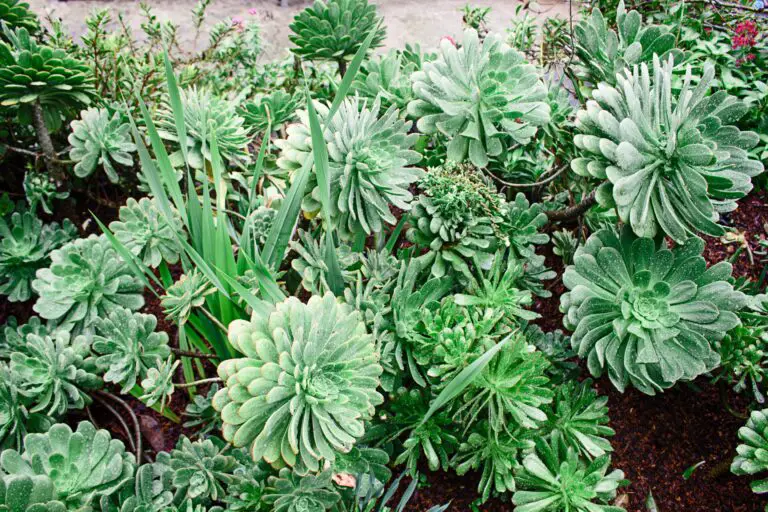
Remember, caring for succulents doesn’t have to be daunting. With a little pH savvy, your green friends will reward you with robust health and radiant charm. So don’t shy away from giving them the ‘spa treatment’ they deserve with soil that’s just acidic enough for them to soak up all the goodness they need to thrive and dazzle in your home or garden.
Testing and Adjusting Soil pH
Curious gardeners and succulent aficionados, roll up your sleeves—it’s time to play detective with your soil! Understanding the pH level of your soil is crucial for keeping succulents perky. It’s like choosing the right beverage for your meal; you wouldn’t sip on orange juice with spaghetti, would you? Similarly, succulents crave the perfect soil ‘cocktail,’ which is usually slightly acidic to neutral.
So, how do you uncover the mystery of your soil’s pH? It’s not as daunting as it sounds. Grab a simple soil pH testing kit from your local garden shop or online—the kind that gives you a color-coded result after mixing soil with a special solution. That’s your secret weapon for this mission. If you’re in a DIY mood, household items like baking soda and vinegar can also give you clues about whether your soil leans more lemony acidic or baking soda alkaline.
Once you have your pH intel, it’s time to tweak the soil recipe for your succulent sidekicks. If the soil’s too acidic, a dash of horticultural lime can sweeten the pot. Too alkaline? Elemental sulfur or aluminum sulfate can tip the scales back to succulent-friendly territory. Remember, it’s like adjusting seasoning in a stew—small amounts and patience are key!
Succulents are resilient, but they definitely have a sweet spot when it comes to pH. Aim for a soil pH that lounges comfortably between slightly acidic and neutral. The goal is to create a zen garden environment where your succulents can thrive without the stress of a soil pH mismatch. And just in case you’re second-guessing your pH testing prowess, there’s a wealth of information a click away on how to test your soil pH with or without a kit. Embrace the process—it’s like a mini science experiment in your own backyard!

Proper Soil Mixes for Succulents
When it comes to the gritty world of succulents, one thing is for sure—soil matters! But not just any dirt will do; we’re on a quest for the goldilocks of ground mediums. Let’s dive into what makes an ideal soil mix that will have your succulents doing the happy dance.
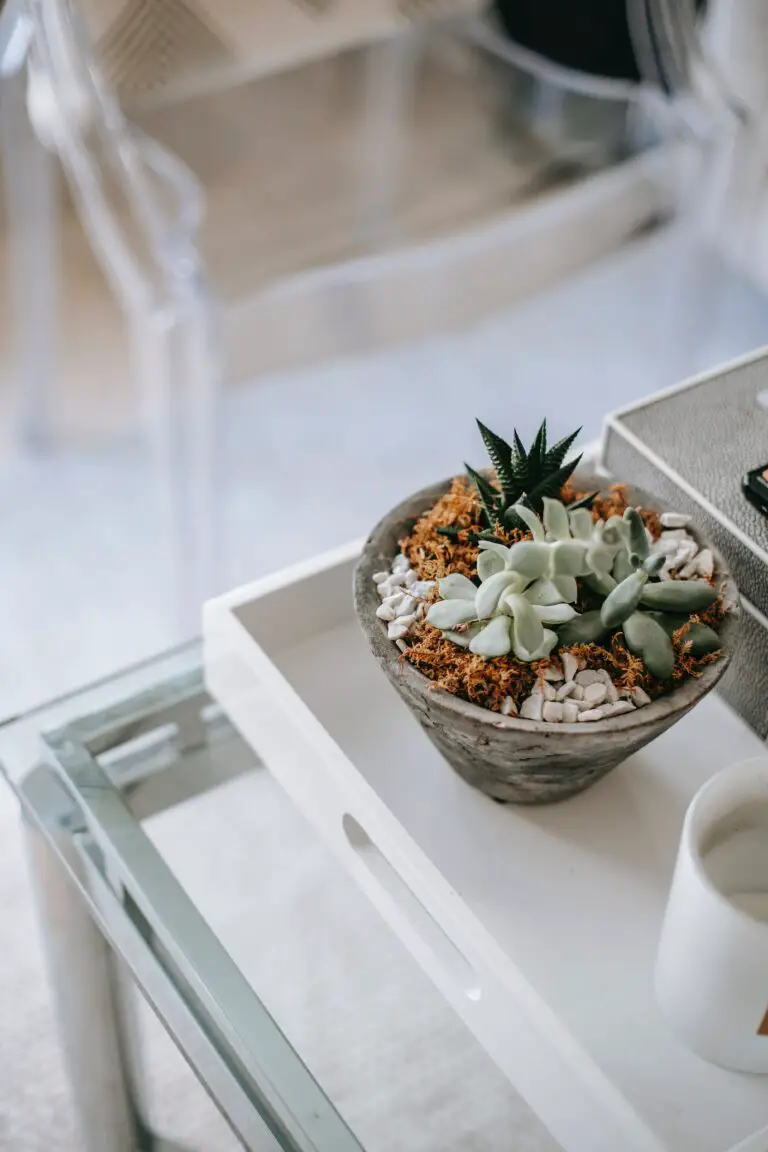
Picture this: A thriving succulent, basking in the sunlight, its roots enveloped in the perfect blend of soil that’s just right. The secret? A pH level that’s slightly acidic to neutral ground—aiming for a pH between 5.5 and 6.5 is your best shot at simulating their natural arid habitats. This range hits the sweet spot, allowing these drought-tolerant darlings to absorb nutrients efficiently and flaunt their unique beauty.
So, what’s the scoop on crafting this magic medium? Start with a porous mix—think sandy loam that allows water to drain faster than a sinkhole in the desert. Add some pumice or perlite to the equation, and you’ve got aeration that lets the roots breathe easy. Now, let’s not forget the organic matter! A dash of compost or finely ground pine bark can provide that gentle touch of acidity and nutrients.
And for those who prefer the set-it-and-forget-it approach, there’s a smorgasbord of commercial products vying for the title of “Succulent Soil Supreme.” These ready-to-use mixes are formulated to maintain that optimal pH balance, offering convenience with the confidence that you’re giving your succulents what they crave.
Take it from the real-life story of Jane from Arizona. She switched to a recommended commercial succulent mix, and soon her once-struggling Echeveria ‘Lola’ transformed. Now it’s flourishing, displaying a symphony of colors so vibrant, it’s as if her succulent stepped out of an impressionist painting.
Whether you mix your own or snag some off the shelf, the right soil concoction can make a world of difference. It’s not just about keeping your green friends alive; it’s about letting them thrive. So, let them sink their roots into a home that’s more than just dirt—it’s their little slice of paradise.
Best Practices for Succulent Care
When it comes to nurturing succulents, the soil’s pH can be a real game-changer. These plump and hardy plants often prefer neutral to slightly acidic soil, with a pH hovering just below 7. The reason behind this preference lies in their evolutionary roots—many succulents are native to areas with similar soil conditions. It’s like a nod to their ancestral homes, telling them they’re in the right place to thrive.
Understanding this preference, one might wonder how to gauge and adjust the soil pH for their green buddies. A simple soil pH testing kit, found at your local garden center, becomes an indispensable tool for the dedicated succulent gardener. Imagine discovering that your soil is too alkaline; a dash of peat moss can correct this imbalance, bringing your garden bed or pot back into the succulent-safe zone.
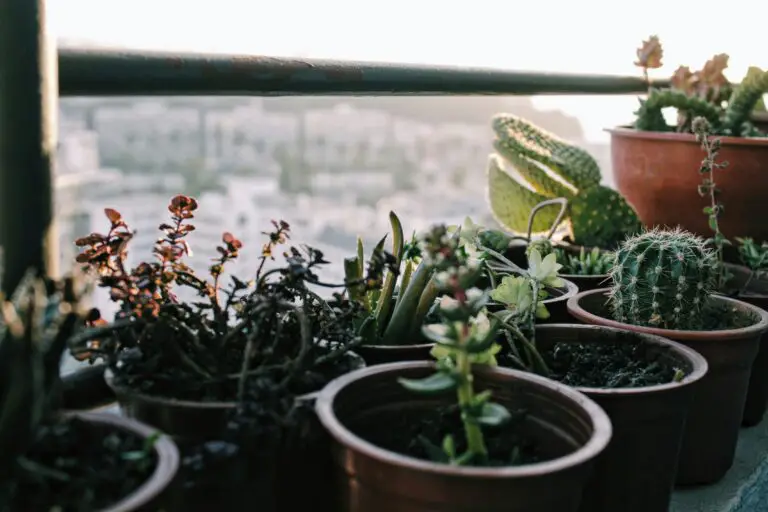
Watering practices also play an integral part in maintaining the right pH for your succulents. Overwatering can lead to a shift in the soil’s acidity, not to mention the dreaded root rot. It’s a delicate balance—like walking a tightrope while juggling water droplets. The best approach is to let the soil dry out completely in between watering sessions, allowing your succulents to soak up just what they need without waterlogging their roots.
And let’s not forget about fertilization. Less is more when it comes to feeding your succulents. A mild, balanced blend of nutrients, applied sparingly, can support healthy growth without pushing the soil pH in an unwelcome direction. Try to visualize a succulent buffet—small portions, high quality, and just enough variety to keep things interesting without overindulgence.
As you care for your succulents, it becomes a blend of art and science, watching for signs of distress and jubilation in equal measure. They’ll reward you with robust growth and vibrant colors, as long as you maintain the harmony of their soil sanctuary. Keeping a watchful eye on acidity, watering judiciously, and feeding thoughtfully are all part of the succulent symphony—and you, the conductor, are in charge of this living masterpiece.
Frequently Asked Questions
When diving into the world of succulents, it’s important to be soil-savvy. The right pH can make or break your succulent garden — too acidic, and you’ll see more frowns than fronds. Let’s unravel some of the most pressing queries to keep your green companions thriving.
Can succulents survive in purely acidic soil?
While succulents are known for their resilience, a pure acid test might be pushing it. Imagine trying to set up camp on a vinegar volcano — not a happy holiday for anyone, and likewise for succulents in highly acidic soil. They generally favor a neutral to slightly acidic pH, but let’s not dip too low on the scale. Too much acid can disrupt nutrient uptake and leave your succulents sulking.
How do I know if my soil is too acidic for my succulents?
Think of soil pH as a succulent mood ring. If your plants are looking lackluster, your soil might be singing the blues. Yellowing leaves, stunted growth, or a lack of vigor can be tell-tale signs of a pH faux pas. A simple soil pH test kit can be a gardener’s best friend, offering the insight you need to align your soil with your succulent’s sweet spot.
Are there succulents that prefer more acidic conditions?
Just like people, succulents have their preferences. While most succulents cozy up to neutral ground, there are the renegades that revel in a bit more zest. Take the zippy Zygo cactus, also known as the Christmas cactus; it’s one such maverick that can flourish in slightly more acidic digs. Knowing your plants is key — a little pH homework can lead to a lot of succulent harmony.
For an even deeper dive into the perfect soil mix for your succulents, let’s take a look at this informative video:
Remember, understanding the acid-alkaline balance is crucial for succulent success. It’s not just about the dirt; it’s about creating a nurturing foundation for growth, resilience, and vibrancy. So, listen to your succulents — they’ll tell you what they need, loud and clear!
Conclusion
Embarking on the journey of succulent cultivation, it’s crystal clear that achieving the perfect soil balance is more than just a gardening ritual—it’s an art form. This exquisite symphony of soil and succulents demands a discerning ear for their silent requests, with one critical note ringing above the rest: the pH level. A squeeze of lemon here, a pinch of peat there, succulents crave a slightly acidic haven to anchor their roots and flourish.
Imagine for a moment the seductive sway of an Echeveria, basking in the golden sunlight, its fleshy leaves saturated with the hues of a summer’s sunset. This visual poetry comes to life in the embracing arms of just-right acidic soil, where pH levels dance between 5.5 and 6.5. Succulents, like little green alchemists, transmute these chemical confines into a vibrant display of life.
It’s not mere happenstance that experts sing the praises of this pH range. In this subtly tart soil, succulents extract the perfect melody of minerals and moisture, harmonizing their growth to the rhythms of an environment built just for them.
Our connection with these resilient life forms deepens when we peek into their world. By dialing into the pH needs of our potted companions, we aren’t just gardeners—we’re custodians of a miniature ecosystem. Our diligence rewards us with a tableau of tenacity and beauty, as each succulent variety composes a unique verse in the collective chorus of successful cultivation.
So let’s not merely end our exploration with the question, “Do succulents like acidic soil?” Let’s affirm it with a resounding “Yes,” and then step into the garden tomorrow, ready to adjust, to empathize, and to tend to our succulents with the wisdom they deserve. After all, each time we get our hands dirty, we’re not only nurturing plants; we’re sculpting a living artwork—one pH test at a time.
